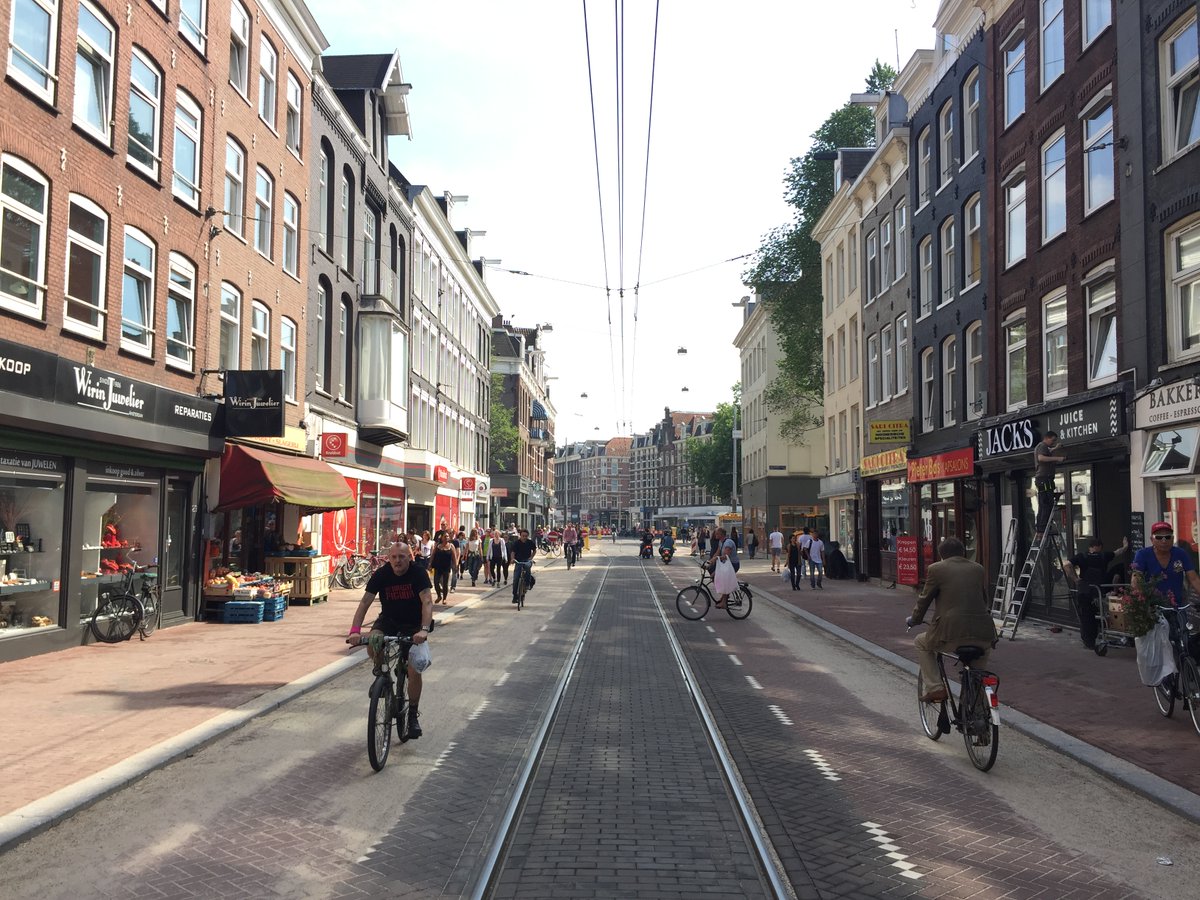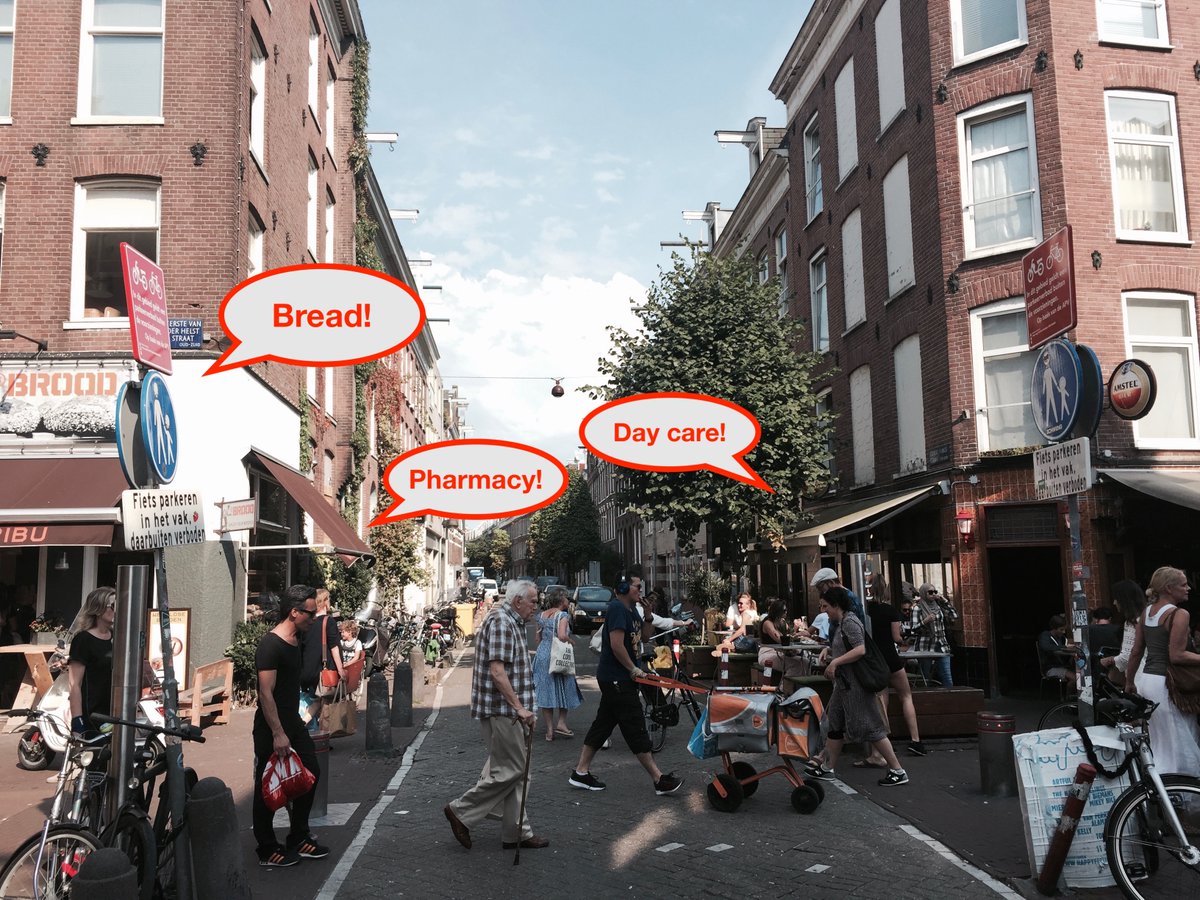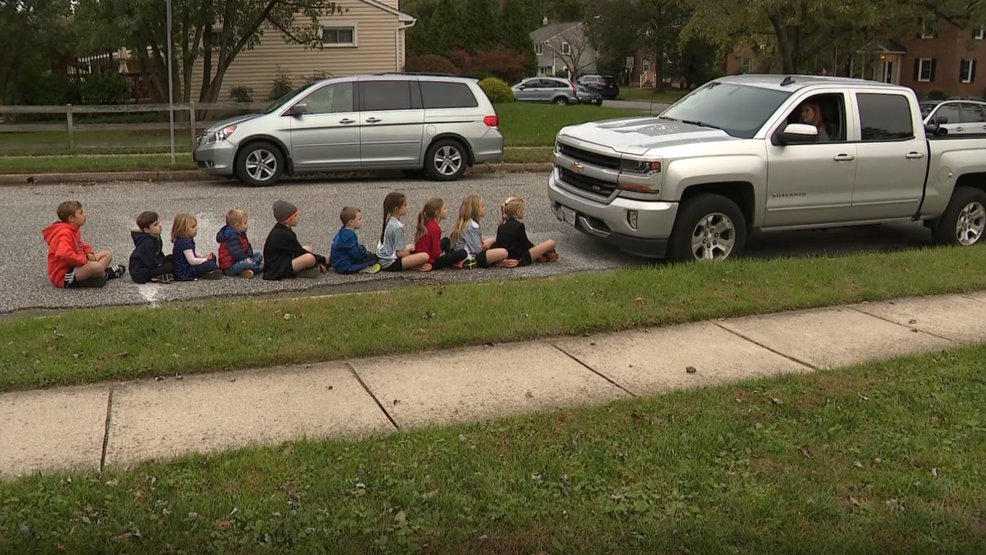
MINI LECTURE [1/16]
How do we frame systemic traffic violence: As glitches in the machine or as unacceptable human tragedies?
Based on the Open Access paper: sciencedirect.com/science/articl…
(pic via @EdwardLamb)
How do we frame systemic traffic violence: As glitches in the machine or as unacceptable human tragedies?
Based on the Open Access paper: sciencedirect.com/science/articl…
(pic via @EdwardLamb)
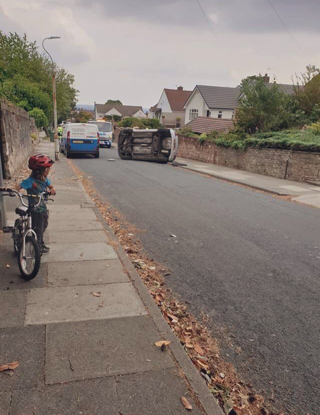
[2/16]
Traffic violence represents the largest threat to life and limb that most people in contemporary, car-based society experience on a daily basis in public space.
(statistics of @WHO)
Traffic violence represents the largest threat to life and limb that most people in contemporary, car-based society experience on a daily basis in public space.
(statistics of @WHO)

[3/16]
With this magnitude of violence and relatively limited attention it receives, we seem to have collectively accepted it as a tolerable price for our car-based society.
(cartoon by @Avidor)
With this magnitude of violence and relatively limited attention it receives, we seem to have collectively accepted it as a tolerable price for our car-based society.
(cartoon by @Avidor)
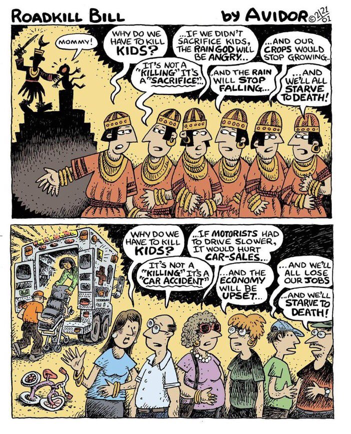
[4/16]
Over time the problem has been reconfigured, in part thanks to statistical discourse, from a moral wrong to a necessary evil. With standardized statistics making “saving lives” the logical moral purpose of traffic safety.
(Vardi 2012)
(graph from @decorrespondent)
Over time the problem has been reconfigured, in part thanks to statistical discourse, from a moral wrong to a necessary evil. With standardized statistics making “saving lives” the logical moral purpose of traffic safety.
(Vardi 2012)
(graph from @decorrespondent)
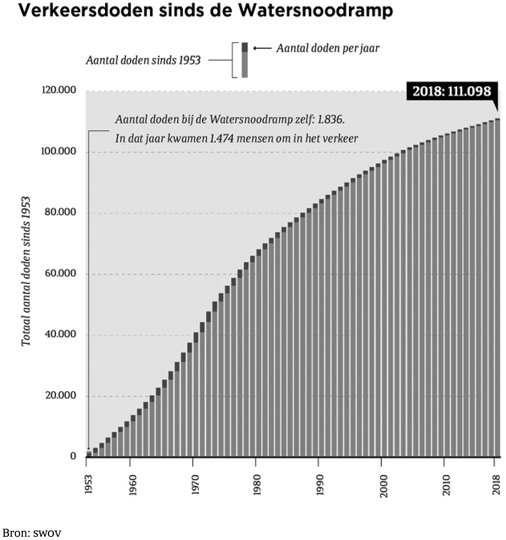
[5/16]
The naturalization and denial of vehicular violence have allowed car deaths to become largely invisible relative to their horrific ubiquity, shielding it from any substantial critique (Culver 2018)
(deaths (left) & injured (right) via hetongeluk.nl)

The naturalization and denial of vehicular violence have allowed car deaths to become largely invisible relative to their horrific ubiquity, shielding it from any substantial critique (Culver 2018)
(deaths (left) & injured (right) via hetongeluk.nl)
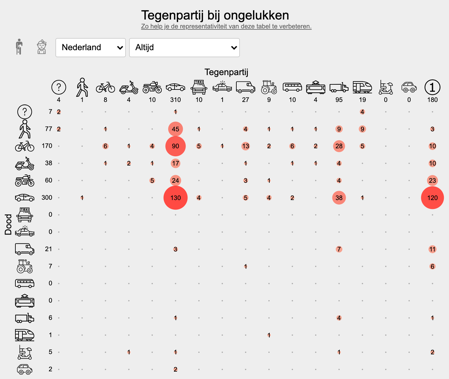
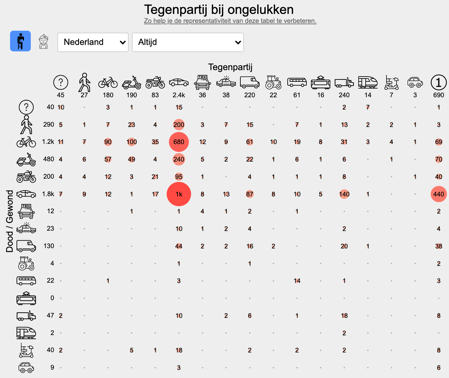
[6/16]
Paul Virilio (1999) argues instead that we should actively zoom in on the violence to learn: “the unexpectedness and unforeseen nature of an accident makes visible what mostly stays below the surface”.
Paul Virilio (1999) argues instead that we should actively zoom in on the violence to learn: “the unexpectedness and unforeseen nature of an accident makes visible what mostly stays below the surface”.
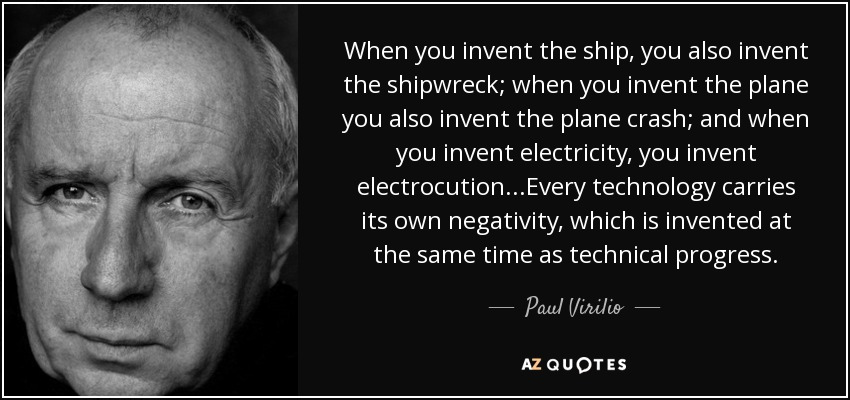
[7/16]
How media reports events of traffic violence, through syntax and vocabulary, strongly influences beliefs and attitudes of the general audience as found by @kmralph
@DrTaraGoddard, @cgthigpen & @EvanIacobucci: sciencedirect.com/science/articl…
(cartoon: Its Media by David Suter)
How media reports events of traffic violence, through syntax and vocabulary, strongly influences beliefs and attitudes of the general audience as found by @kmralph
@DrTaraGoddard, @cgthigpen & @EvanIacobucci: sciencedirect.com/science/articl…
(cartoon: Its Media by David Suter)

[8/16]
What frame do Dutch newspapers impose on traffic violence?
😪 Justice-based showing human tragedies?
🎛 Efficiency-based showing glitches of the machine?
(image: Leila, mother of three children killed by car driver :sbs.com.au/news/man-accus…)
What frame do Dutch newspapers impose on traffic violence?
😪 Justice-based showing human tragedies?
🎛 Efficiency-based showing glitches of the machine?
(image: Leila, mother of three children killed by car driver :sbs.com.au/news/man-accus…)
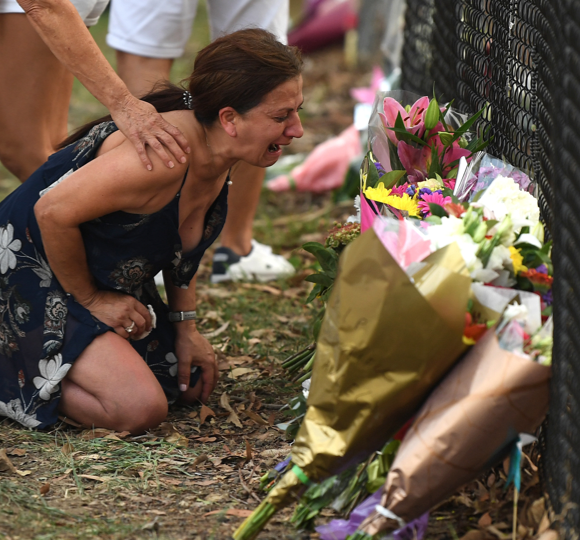
[9/16]
“Pedestrian injured due to collision with truck in Ede”
Of 368 newspaper headlines collected in one week of Dutch news:
👉 Most mention a PERSON as victim
👉 Often omit the 2nd party
👉 Or refer to it as VEHICLE
“Pedestrian injured due to collision with truck in Ede”
Of 368 newspaper headlines collected in one week of Dutch news:
👉 Most mention a PERSON as victim
👉 Often omit the 2nd party
👉 Or refer to it as VEHICLE
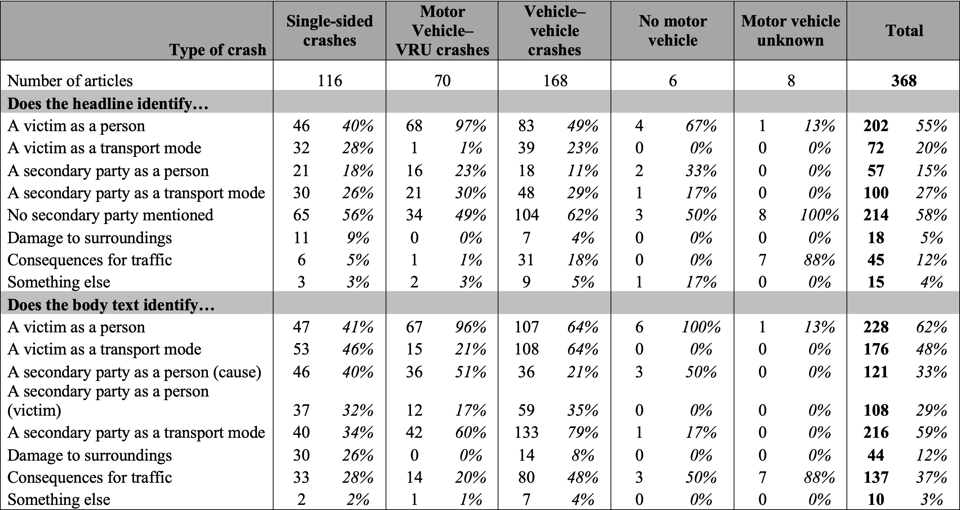
[10/16]
“Cyclist injured in crash with car”
Of 252 reports of crashes between at least two parties:
👉 70% talk about a victim as a person
👉 70% talk about a secondary party as vehicle
“Cyclist injured in crash with car”
Of 252 reports of crashes between at least two parties:
👉 70% talk about a victim as a person
👉 70% talk about a secondary party as vehicle

[11/16]
In 70 articles a cyclist/pedestrian and a motor vehicle were involved. In their headlines:
👉 Most use a passive, non-agentive syntax
👉 The vulnerable road user is injured/killed
👉 Only 6 suggest that a human actively hurt another human
In 70 articles a cyclist/pedestrian and a motor vehicle were involved. In their headlines:
👉 Most use a passive, non-agentive syntax
👉 The vulnerable road user is injured/killed
👉 Only 6 suggest that a human actively hurt another human
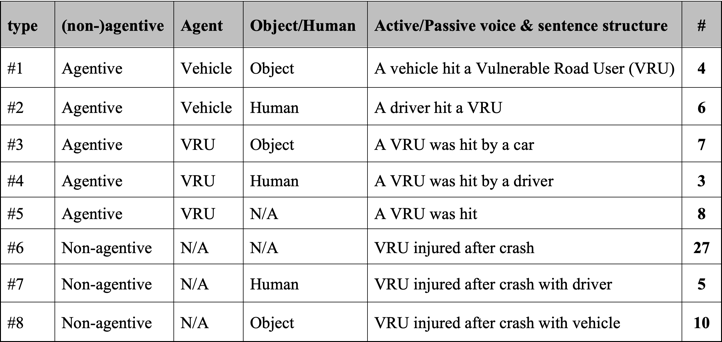
[12/16]
The vast majority (92%) of articles only factually describe the crash without referring to any pattern. There are almost no links with larger systemic health and safety issues that are related to traffic violence.
(pictures via: thecrashes.org)
The vast majority (92%) of articles only factually describe the crash without referring to any pattern. There are almost no links with larger systemic health and safety issues that are related to traffic violence.
(pictures via: thecrashes.org)
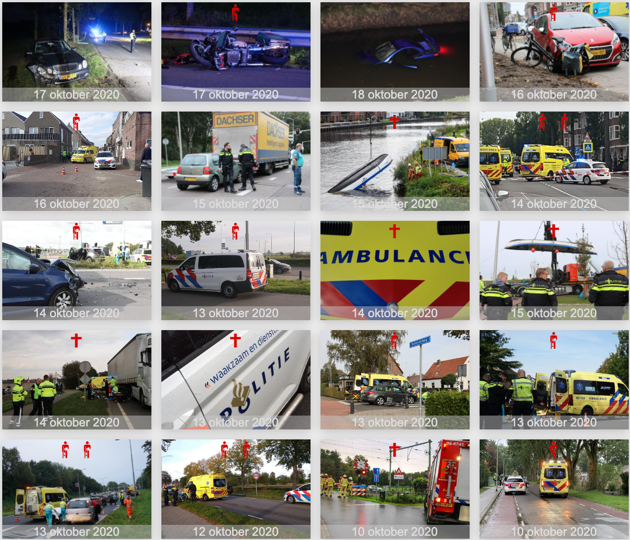
[13/16]
Reporting highlights crashes that have a strong visual impact and/or impact on traffic (i.e. congestion/road closures). The human element is largely absent.
Reporting highlights crashes that have a strong visual impact and/or impact on traffic (i.e. congestion/road closures). The human element is largely absent.
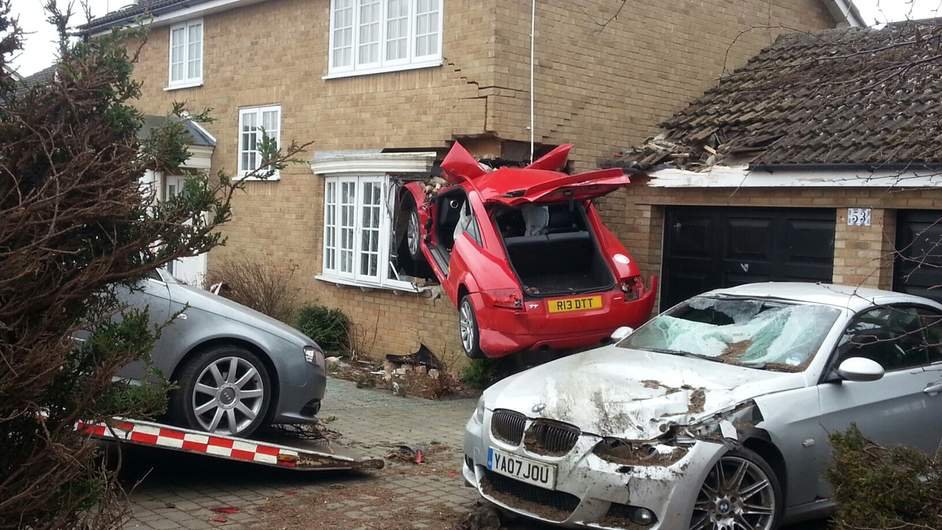
[14/16]
This factuality resembles more the reporting of daily weather forecasts than human interest stories.
This is further strengthened by referring to most events as ‘Accidents’ instead of 'Crashes'.
This factuality resembles more the reporting of daily weather forecasts than human interest stories.
This is further strengthened by referring to most events as ‘Accidents’ instead of 'Crashes'.
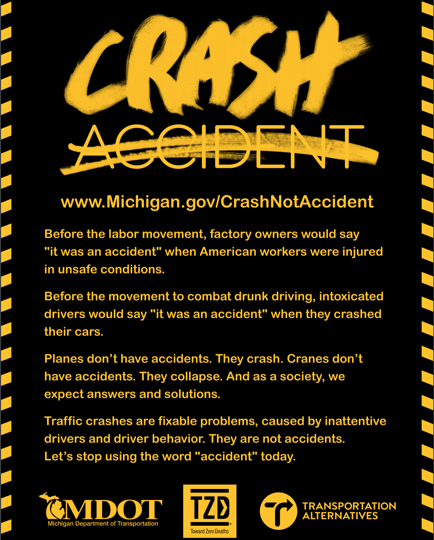
[15/16]
Instead of human tragedies, traffic crashes are presented as glitches in the machine – dehumanized interferences with the overall functioning of a well-oiled machine, where effects on traffic flow trump impacts on the people involved.
(Charlie Chaplin – Modern Times)
Instead of human tragedies, traffic crashes are presented as glitches in the machine – dehumanized interferences with the overall functioning of a well-oiled machine, where effects on traffic flow trump impacts on the people involved.
(Charlie Chaplin – Modern Times)
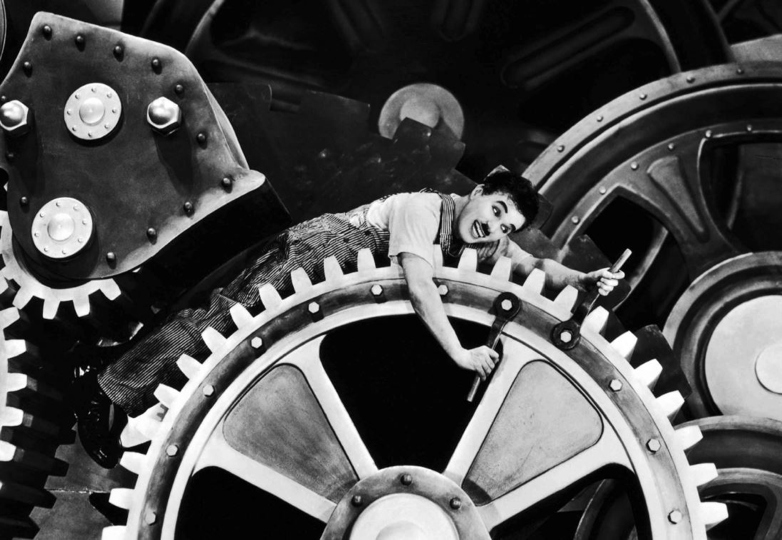
[16/16]
This creates the impression that a crash just happened to somebody, that it is an automated, unpreventable effect of the traffic machine.
A malfunctioning of an unstoppable machine, rather than the result of avoidable factors.
Read full paper: sciencedirect.com/science/articl…
This creates the impression that a crash just happened to somebody, that it is an automated, unpreventable effect of the traffic machine.
A malfunctioning of an unstoppable machine, rather than the result of avoidable factors.
Read full paper: sciencedirect.com/science/articl…
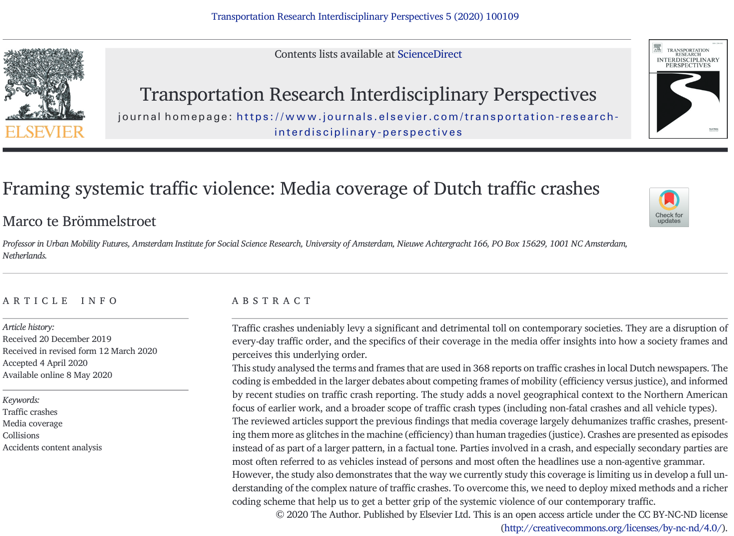
• • •
Missing some Tweet in this thread? You can try to
force a refresh










